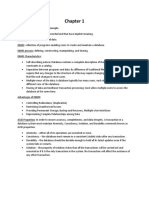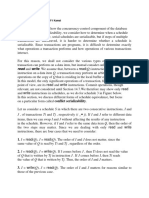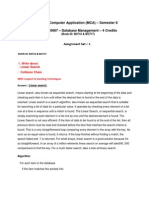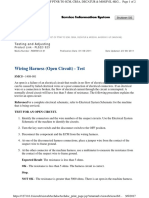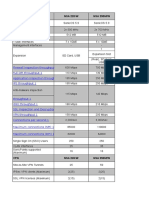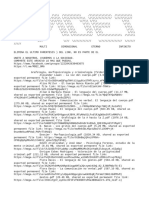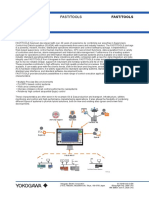0% found this document useful (0 votes)
27 views7 pagesAluth
The document discusses various concepts related to database transactions including atomicity, consistency, isolation, and durability (ACID properties). It defines atomicity as all or nothing transactions, consistency as transactions changing data in allowed ways, isolation as transactions executing independently without interference from other transactions, and durability as committed transactions surviving failures. It also discusses transaction schedules, conflicts between transactions, concurrency control protocols like two-phase locking, and query processing concepts like parsing, optimization, and execution plans.
Uploaded by
kulesh619Copyright
© © All Rights Reserved
We take content rights seriously. If you suspect this is your content, claim it here.
Available Formats
Download as DOCX, PDF, TXT or read online on Scribd
0% found this document useful (0 votes)
27 views7 pagesAluth
The document discusses various concepts related to database transactions including atomicity, consistency, isolation, and durability (ACID properties). It defines atomicity as all or nothing transactions, consistency as transactions changing data in allowed ways, isolation as transactions executing independently without interference from other transactions, and durability as committed transactions surviving failures. It also discusses transaction schedules, conflicts between transactions, concurrency control protocols like two-phase locking, and query processing concepts like parsing, optimization, and execution plans.
Uploaded by
kulesh619Copyright
© © All Rights Reserved
We take content rights seriously. If you suspect this is your content, claim it here.
Available Formats
Download as DOCX, PDF, TXT or read online on Scribd
/ 7











